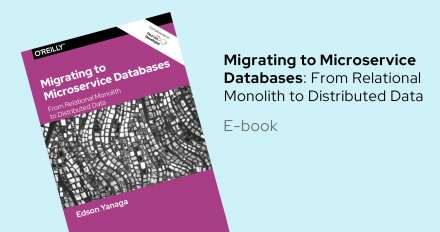
Article
An Incremental Path to Microservices
As a consultant for Red Hat, I have the privilege of seeing many customers. Some of them are working to find ways to split their applications in smaller chunks to implement the microservices architecture. I’m sure this trend is generalized even outside my own group of the customers. There is undoubtedly hype around microservices. Some organizations are moving toward microservices because it’s a trend, rather than to achieve a clear and measurable objective. In the process, these organizations are missing...










